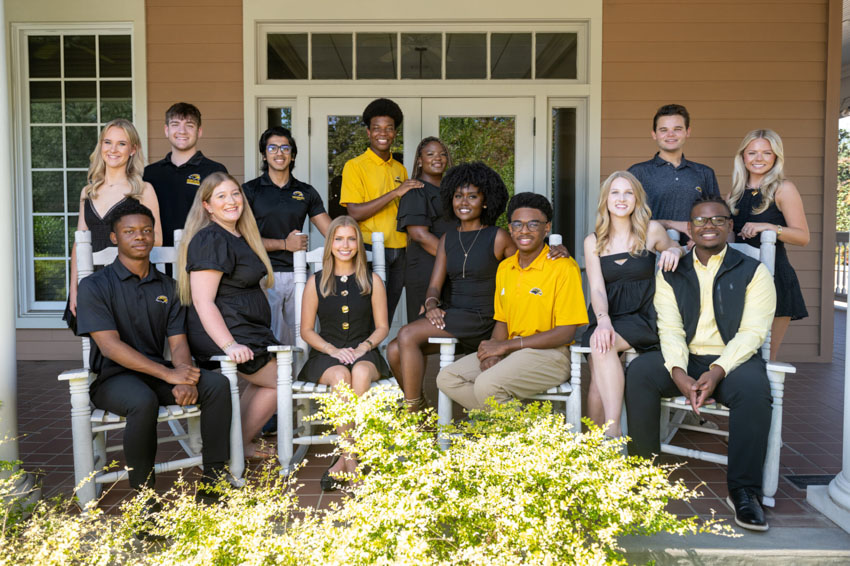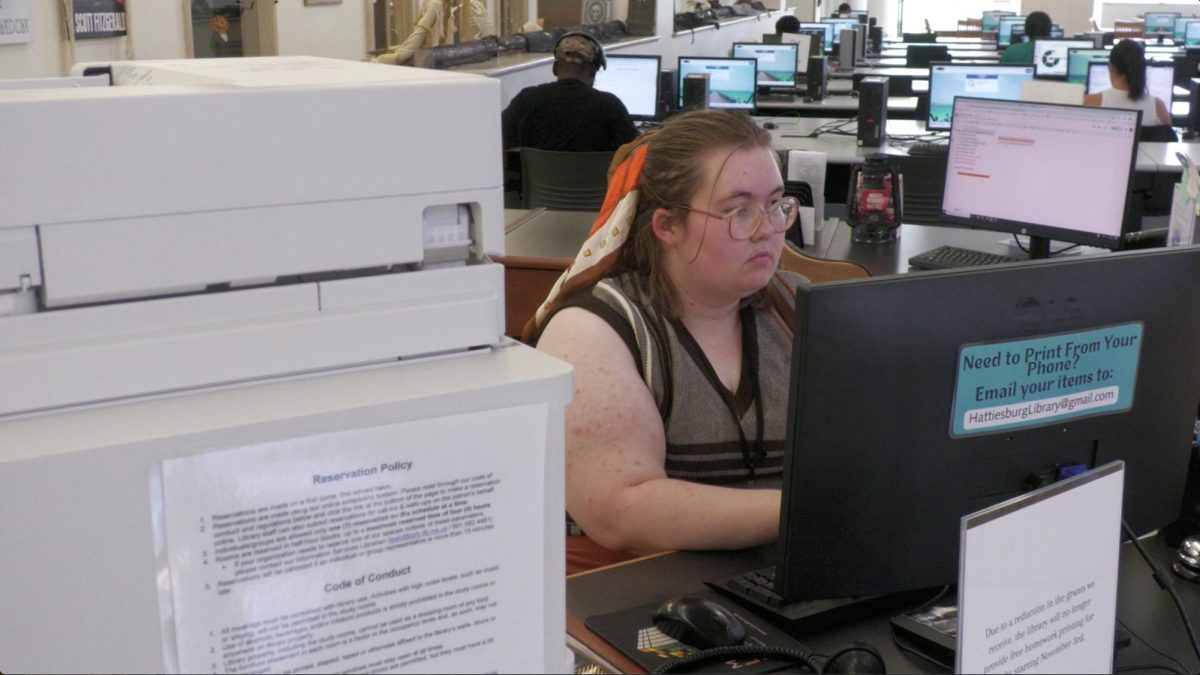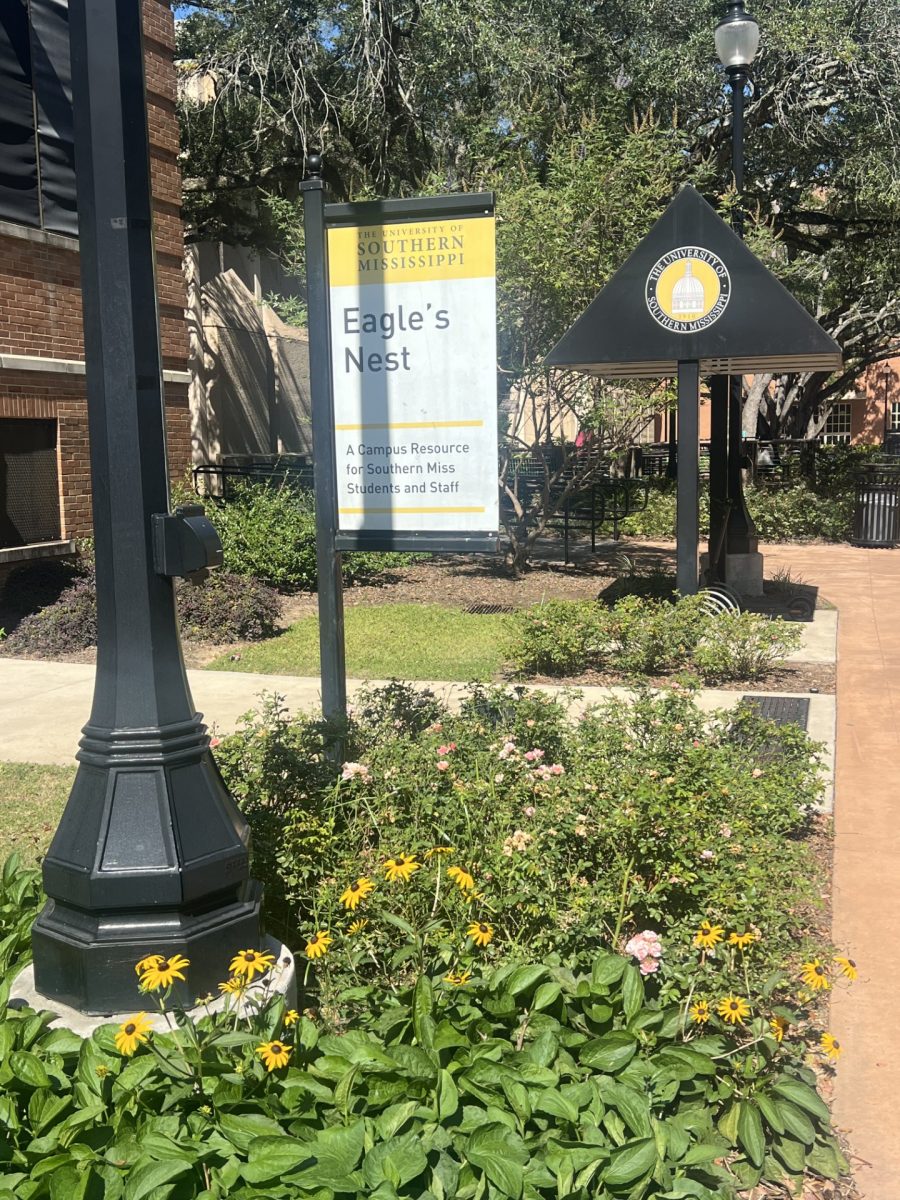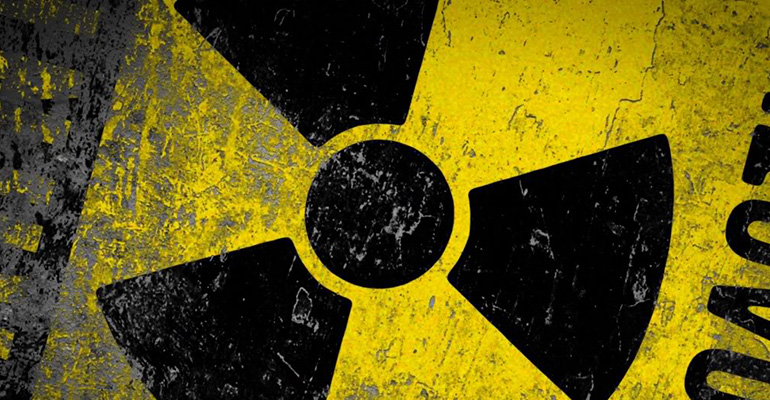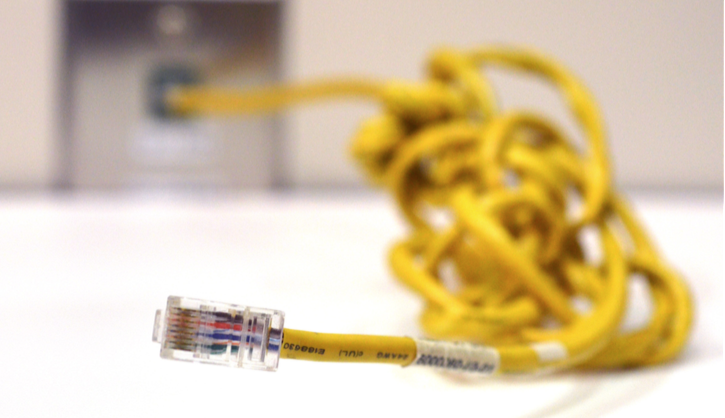The Department of Physics and Astronomy at The University of Southern Mississippi has achieved yet another scientific accomplishment. Researchers in the department are attempting to detect radiation in order to discover how air chemistry is altered due to the presence of radiation.
“These research efforts are in response to the growing concerns over radiological safety and terrorism,” said department chair Chris Winstead. “Our idea is to actually use the air itself as a means of detecting the radiation.”
The Southern Miss Department of Physics and Astronomy is exploring opportunities to cultivate broad capabilities in laser and optical physics to enrich its educational and research activities.
Funded research in the department currently supports the development of optical devices, optical materials and the application of lasers for sensitive spectroscopic measurements. Researchers hope to accomplish detection innovations that will provide more effective alternatives.
Now, however, to measure contamination threats, first responders must wear protective gear as shields against radiation. In the future, researchers hope to refine this detection method by using lasers to detect atmospheric changes from a distance. Winstead said he believes researchers are growing closer every day.
“We hope to have this technology in place so that if there were some sort of incident, we could protect the first responders who go in and have to assess the situation and protect the public from contamination,” Winstead said.
If Winstead and his research team can find accurate targets, they can take existing technology such as LIDAR (a technology used to measure distances) and measure radiation from much farther away than what is currently possible.
“By the end of this leg of research, we’ll be able to show quantitative measurements over a number of chemical products from the radiation source in our vacuum chamber here,” said Tyler Reese, a graduate researcher.


